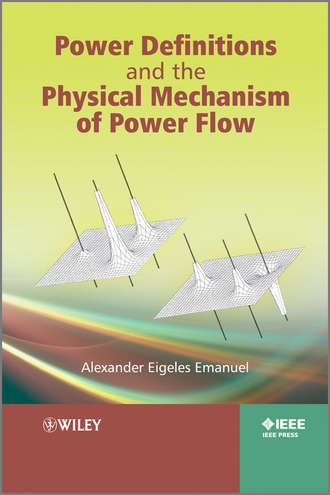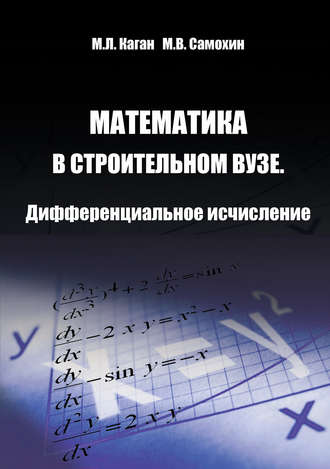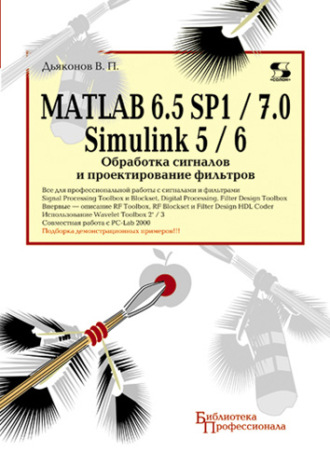Power Definitions and the Physical Mechanism of Power Flow
4.05 из 5, отдано 12 голосов

Alexander Emanuel Eigeles
Professor Emanuel uses clear presentation to compare and facilitate understanding of two seminal standards, The IEEE Std. 1459 and The DIN 40110-2:2002-11. Through critical analysis of the most important and recent theories and review of basic concepts, a highly accessible guide to the essence of the standards is presented. Key features: Explains the physical mechanism of energy flow under different conditions: single- and three-phase, sinusoidal and nonsinusoidal, balanced and unbalanced systems Starts at an elementary level and becomes more complex, with six core chapters and six appendices to clarify the mathematical aspects Discusses and recommends power definitions that played a significant historical role in paving the road for the two standards Provides a number of original unsolved problems at the end of each chapter Introduces a new nonactive power; the Randomness power. Power Definitions and the Physical Mechanism of Power Flow is useful for electrical engineers and consultants involved in energy and power quality. It is also helpful to engineers dealing with energy flow quantification, design and manufacturing of metering instrumentation; consultants working with regulations related to renewable energy courses and the smart grid; and electric utility planning and operation engineers dealing with energy bill structure. The text is also relevant to university researchers, professors, and advanced students in power systems, power quality and energy related courses.Категория: техническая литература
ISBN: 9780470667163
Правообладатель: John Wiley & Sons Limited
Легальная стоимость: 11546.51 руб.
Ограничение по возрасту: 0+




Комментарии ():